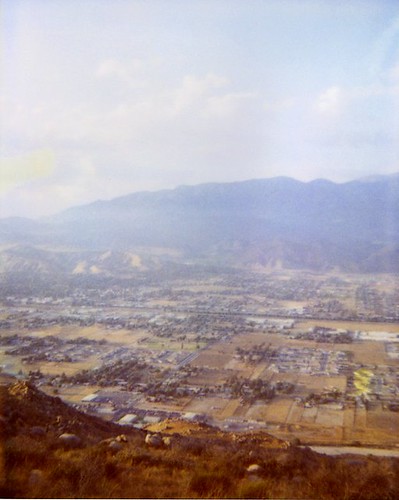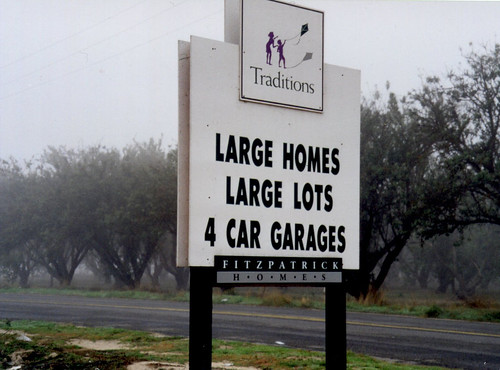Supreme Court allows pollution fees on sprawl to continue

Posted October 5, 2011 at 1:41PM
The US Supreme Court has decided to let stand a lower court ruling that affirms the right of a California pollution control agency to charge developers fees for building in places that will significantly increase driving and smog-causing emissions.
For decades now, local land-use authorities have been charging development impact fees to partially offset the municipal costs associated with providing services to new suburban subdivisions. (The fees are almost always inadequate because they cover only the costs of infrastructure construction, not required maintenance and repair down the road.) That’s been a start in the effort to make sprawl at least pay its way, given that per-unit costs of public infrastructure are so much lower in places that are built more compactly and can use previously constructed roads, sidewalks, water pipes, and sewer lines.
But, because building in ever-more spread-out locations significantly increases both the frequency and (especially) the length of motor vehicle trips, there are additional burdens placed on society by these development location decisions. Not the least of these are increased emissions, including smog-causing nitrogen oxides; smog has been shown to contribute significantly to asthma and emphysema, imposing public medical costs. Some municipalities have begun to react.
 In a story written for the San Jose Mercury-News, Paul Rogers reports that, in 2005, the San Joaquin Unified Air Pollution Control District, covering eight California counties and based in Fresno, adopted a new rule requiring developers to go beyond the usual infrastructure impact fees and also pay to offset the air pollution caused by their construction equipment and by the new traffic generated by their projects.
In a story written for the San Jose Mercury-News, Paul Rogers reports that, in 2005, the San Joaquin Unified Air Pollution Control District, covering eight California counties and based in Fresno, adopted a new rule requiring developers to go beyond the usual infrastructure impact fees and also pay to offset the air pollution caused by their construction equipment and by the new traffic generated by their projects.
The National Association of Home Builders sued and lost, first in the US District Court and next at the Ninth Circuit U.S. Court of Appeals. On Monday, the first day of its new term, the Supreme Court denied a petition for a writ of certiorari that would have put the case before the court for review this term. (The court typically accepts only 80 to 150 cases each term for full review, out of a typical pool of 8000 or so petitions. For a writ to be granted, at least four of the Court’s nine justices must believe the circumstances of the case are such as to warrant a full review.)
The Sierra Club and Environmental Defense Fund also participated in the case.
The San Joaquin fee is not exorbitant, typically adding about $500 to the cost of a new home if passed from developers to buyers. According to the real estate service Trulia, the median sales price for a home in Fresno has dropped considerably from nearly $300,000 in 2006 but has been holding steady at around $140-150,000 since 2009. Sales volume seems to have fully recovered since the low of 2008. The fee applies only to housing developments over 50 units, office complexes over 39,000 square feet, and most light industrial, retail and heavy industrial building. But the principle is an important one.
Roberts reports that the money collected in fees by the air district goes to pay for pollution-reduction programs such as helping farmers or businesses buy new equipment that puts out less soot than old equipment, and could be used for such programs as funding bike lanes, electric car charging stations or employee shuttle programs. Other California air districts have been following the case closely and can be expected to follow suit.
Move your cursor over the images for credit information.
